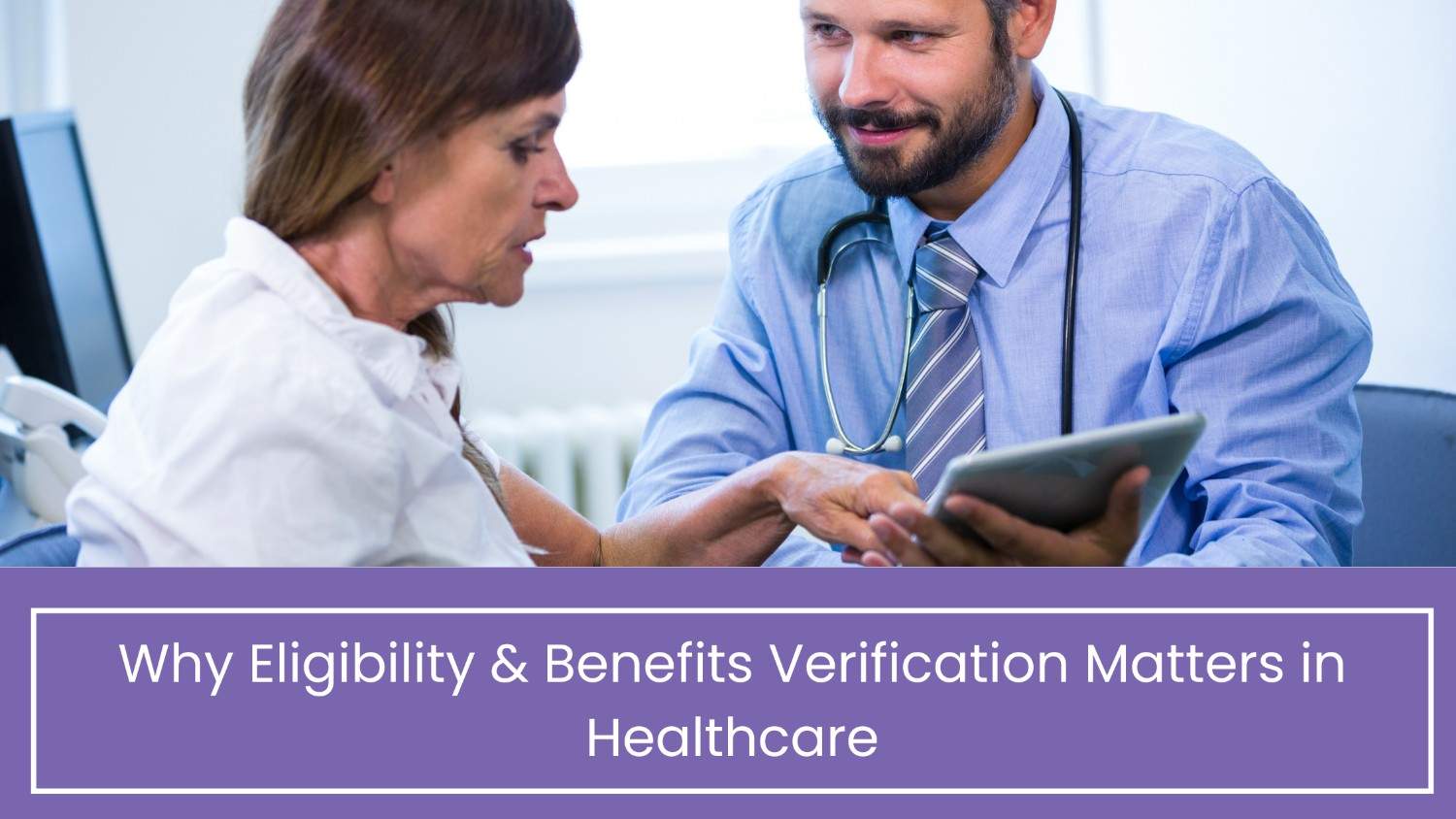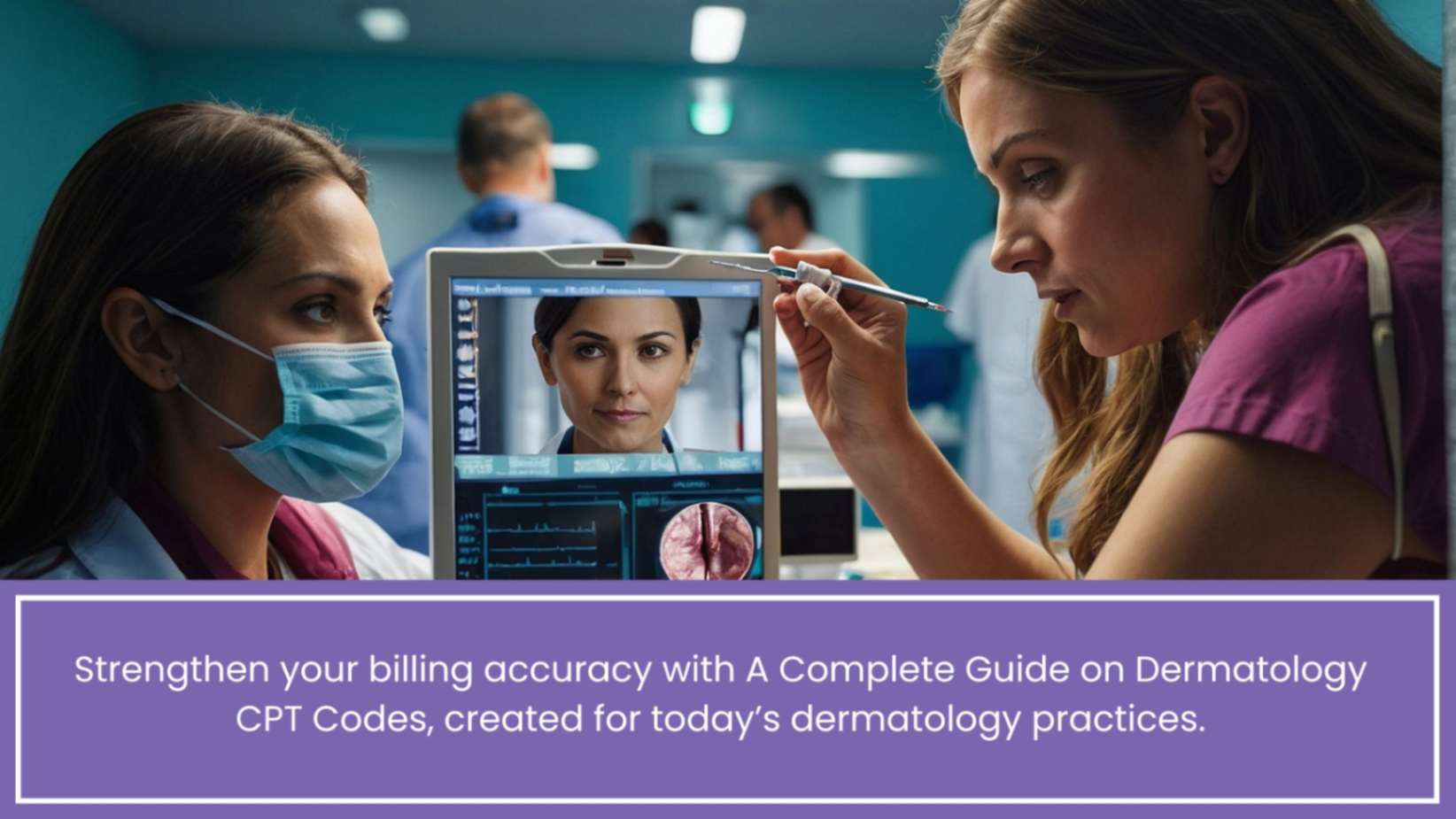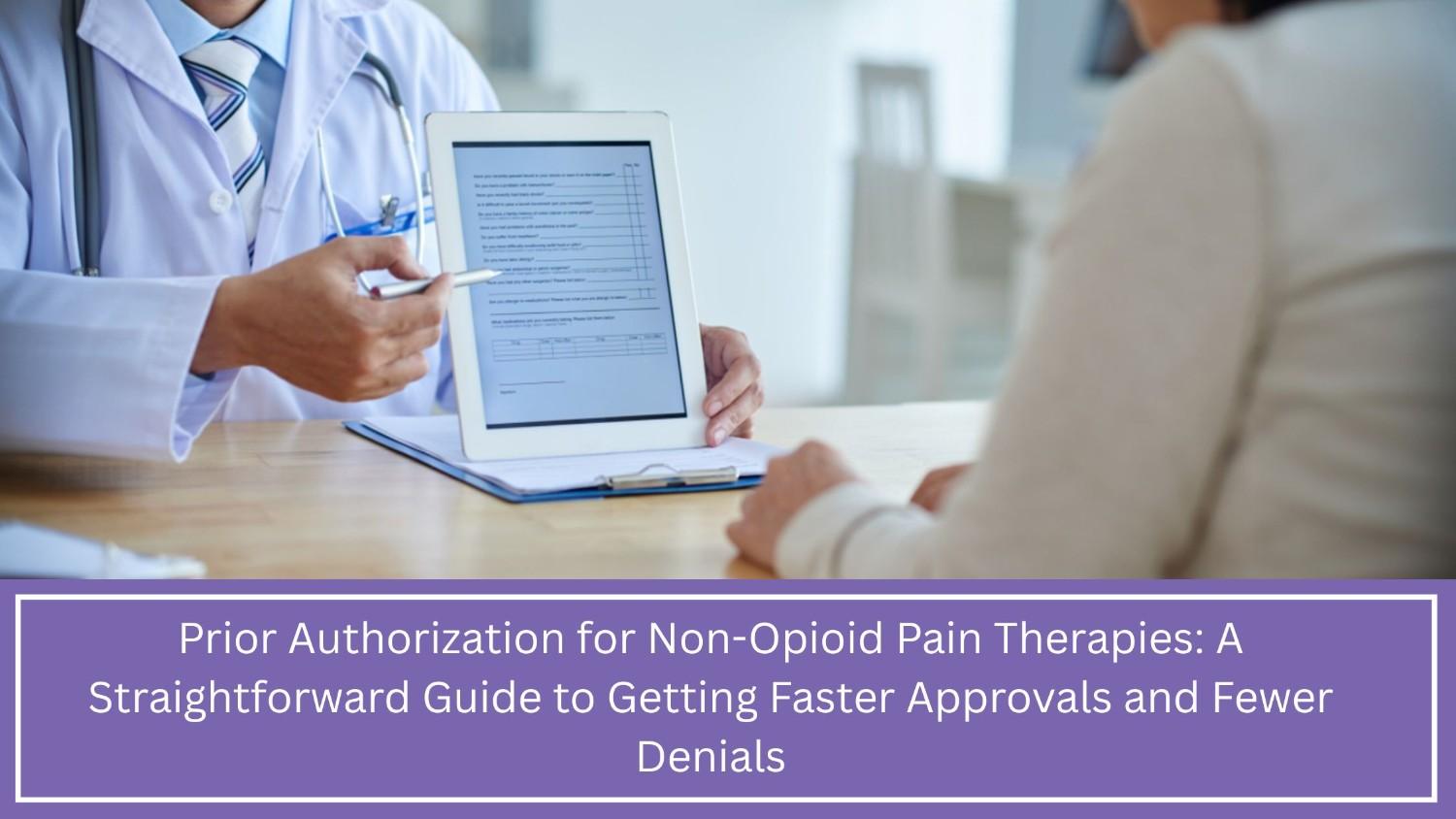Why Patient Eligibility and Benefits Verification Matters: Avoiding Denied Claims and Frustrated Patients
Explore the cascading impact of denied claims in healthcare and discover how automated Eligibility & Benefits verification systems can revolutionize patient care. This article delves into the frustrations patients face when claims are denied unexpectedly, disrupting their treatment plans and causing financial strain. Learn how streamlined E&B verification processes can mitigate these challenges, ensuring smoother operations and improved patient satisfaction.
Table of Contents
The Domino Effect of Denied Claims:
Imagine Sarah finding the courage to relieve her anxieties at last. Feeling fortunate enough to receive the necessary assistance, she makes an appointment at the best center she had heard about. However, she feels a sense of disappointment upon arriving. Either the therapy session isn’t covered by her insurance, or it isn’t active. Regrettably, this situation frequently occurs, and unfulfilled promises lead to a chain reaction of issues:
- Patient Frustration: Patients may experience confusion and stress as a result of unexpected refusal. Financial worries may force them to put off care, which would prolong the course of their treatment.
- Care Disrupted: Refused claims may force patients to reschedule or cancel appointments, which may have an adverse effect on treatment results and the continuity of care.
- Administrative Headaches: Staff time is wasted on researching denials, contacting insurance companies, and potentially appealing decisions. This detracts from other crucial tasks like patient care coordination.
- Financial Strain: Denied claims can leave patients facing unexpected bills. This can create financial hardship and strain the patient-provider relationship.
E&B Verifications Place in Value-Based Care
Emphasizing Quality Above Quantity: In a value-based care model, healthcare professionals receive payment based on patient outcomes as opposed to the volume of services they offer. Accurate E&B validation guarantees payment for all necessary medical care, enhancing patient outcomes and averting unpleasant financial surprises.
Data-Driven Insights: By offering useful data insights into patient demographics, insurance patterns, and treatment outcomes, automated E&B verification systems can support better decision-making.
The Cost of Denied Claims:
Rejected claims are a big source of frustration for medical professionals as well as patients. Rejected claims cost the US healthcare system more than $262 billion a year, according to a 2023 CAQH analysis. This results in a loss of resources, interruptions to patient treatment, and possible financial hardship for both sides.
Case Study: Success Stories in Automated E&B Verification
Streamlined Operations at Radiology Center:
Radiology center implemented an automated E&B verification system that reduced claim denials by 40% and improved cash flow by 25%. Their staff could focus more on patient care, enhancing overall patient satisfaction.
Patient-Centric Approach at Family Practice Clinic:
A Family practice clinic’s adoption of automated verification led to faster patient onboarding and reduced wait times, directly improving the patient experience and reducing administrative burden.
How Eligibility & Benefits Verification Benefits Everyone:
Healthcare providers can greatly enhance both their patient experience and revenue cycle management by giving priority to Eligibility and Benefits verification. How to do it is as follows:
- Reduced Claim Denials: Ensuring patients are eligible and covered in advance reduces the chances that claims will be rejected based on incomplete or incorrect information.
- Better Cash Flow: The practice’s cash flow runs more smoothly and predictably when claims are processed more quickly and are denied less frequently.
- Improved Patient Satisfaction: When it comes to their bills, patients appreciate openness and the lack of unpleasant surprises. Eligibility and Benefits verification prevents financial barriers to care and establishes clear expectations on out-of-pocket expenses.
- Simplified Patient Flow: Booking and confirmation regarding the session may be made more efficient when coverage details are known in advance.
Going Above and Beyond: The Unexpected Costs of Manual E&B Verification
While making human phone calls to insurance companies to verify E&B was historically common practice, there are substantial hidden expenses associated with this approach:
- Lost Time: Staff time lost on hold and verification calls takes away from time that may be used for other administrative duties or patient care coordination.
- Human error: Inaccurate insurance information or forgotten pre-authorization procedures are common in manual data entry. Denials and additional delays may result from these mistakes.
- Inefficiency: Manual verification is laborious and slow, which leads to invoicing process bottlenecks that affect cash flow and practice efficiency as a whole.
Overcoming Challenges in E&B Verification
- Addressing Common Hurdles: Even with automated systems, challenges such as discrepancies in insurance databases and varying payer requirements can arise. It’s crucial to have a robust verification protocol and staff trained to handle exceptions in eligibility and benefits verification process.
- Continuous Improvement and Adaptation: Regularly updating the verification system and processes based on feedback and new regulations ensures ongoing efficiency and compliance.
The Power of Automated E&B Verification:
E&B verification has undergone a technological revolution with automated systems benefitting more.
- Real-Time Verification: By integrating with insurance databases, eligibility and benefit checks may be completed instantly, cutting down on waiting periods.
- Increased Accuracy: Automated systems guarantee accurate data acquisition by reducing human error.
- Enhanced Efficiency: Routine verification duties can be handled by automated systems, freeing up staff to concentrate on patient care.
- Lower Expenses: Automation reduces the administrative expenses related to human verification.
Integrating E&B Verification with Other Revenue Cycle Management Practices
Smooth Integration: When RCM procedures like coding, invoicing, and claims management are combined with E&B verification, a holistic strategy that improves overall accuracy and efficiency is created.
Wholesome Staff Training: Ensuring that employees receive training in all facets of RCM, including E&B verification, contributes to the development of adaptable teams that can manage a range of administrative and billing difficulties.
Implementing Effective E&B Verification in Your Practice:
Here are some steps to implement a robust Eligibility and Benefits verification system:
- Analyse Your Requirements: Determine what aspects of your present verification procedure needs to be improved.
- Select the Appropriate Technology: Think about software programs that provide real-time verification capabilities and easily interface with your current practice management system.
- Teach Your Employees: Educate staff members on how to use the new Eligibility and Benefits verification system and how it affects their contact with patients.
- Create a Plan for Clear Communication: Create a procedure for informing patients about potential inconsistencies, out-of-pocket expenses, and insurance coverage.
Upcoming Developments in E&B Verification
Blockchain Technology: Blockchain technology provides transparent and safe methods for maintaining patient eligibility data, which may lower fraud and guarantee verification accuracy.
Artificial Intelligence: AI-powered systems are able to anticipate possible problems with verification, which enables proactive management and lowers the likelihood of claims being rejected.
Practolytics: Your Partner in Streamlined E&B Verification
Practolytics is aware of the difficulties involved with E&B verification and how crucial a smooth procedure is. We provide all-inclusive billing solutions with automated E&B verification features.
Our technology frees up critical staff time for patient care while:
• Ensuring precise information gathering with minimal manual intervention.
• Offering real-time eligibility and benefit checks; and
• Easily integrating with top practice management systems.
ALSO READ – Understanding Eligibility and Benefits Verification: A Guide for Medical Practices
Talk to Medical Billing Expert Today — Get a Free Demo Now!






